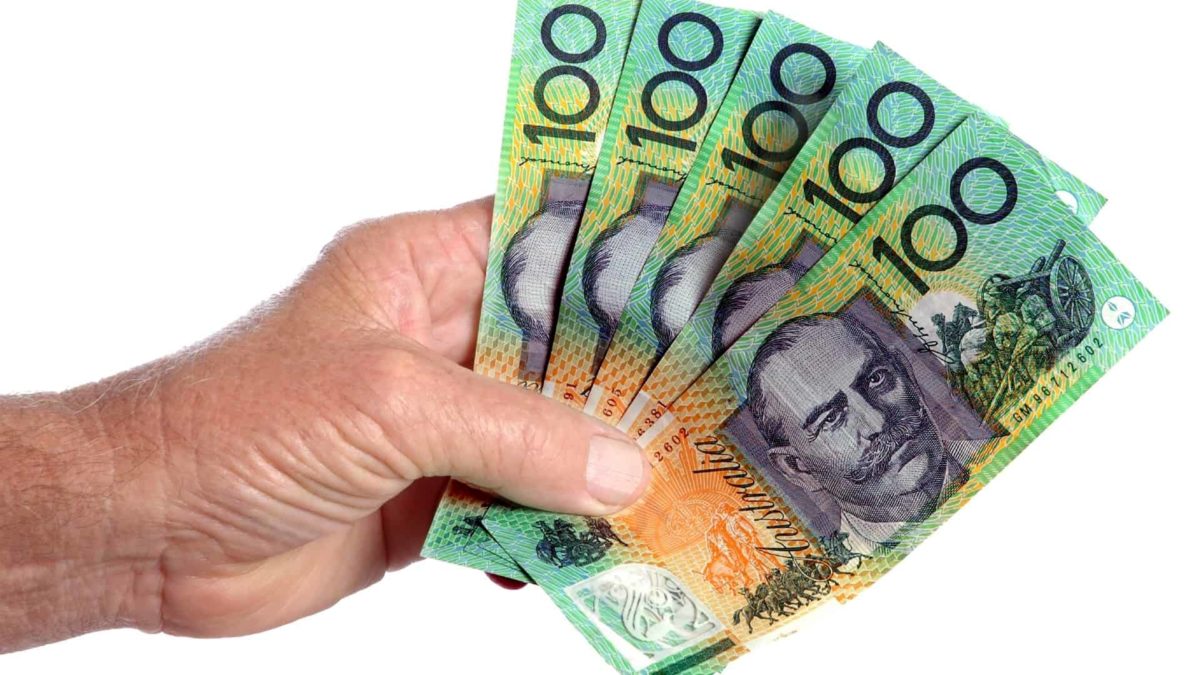Warren Buffett has a long track record of using stock market crashes to his advantage. After all, his strategy centres on seeking to buy high-quality companies when they trade at low prices. Often, such a situation occurs when a market downturn has recently taken place.
Since the next stock market decline could occur at any time, being prepared for the next one could be a sound move. By holding some cash, it is possible to be ready to capitalise on lower stock prices that may only be available temporarily.
The next stock market crash may not be far away
Predicting when the next stock market crash will occur is extremely difficult. After all, it can be prompted by a large number of factors that themselves are tough to estimate. For example, the 2020 market decline was caused by coronavirus, the course of which very few investors were able to predict even once it began to take place.
Therefore, being in a position of constant preparedness for the next bear market could be a sound move. History suggests that no stock market rise ever lasts in perpetuity. This means that an investor who waits for the next market downturn may be able to use it to buy cheap shares, as Warren Buffett has done previously.
Holding cash as per Warren Buffett
Warren Buffett holds significant sums of cash at all times. This provides him with the means to invest at short notice should opportunities arise. Furthermore, it means he is liquid, in terms of having access to funds that can quickly be invested, in case there is a sudden resurgence in share prices. This took place following the 2020 stock market crash, when many share prices experienced a rally after their short-term declines.
Of course, holding cash could mean lower returns than the stock market offers during a period of growth. Low interest rates mean that it is now difficult to obtain an inflation-beating return in some areas. However, this could be offset by the chance to be ready for the next market downturn, when low share prices may provide scope for long-term capital gains.
Investing in solid businesses
As well as holding cash in preparation for the next stock market crash, analysing current holdings to make sure they are financially sound could be a shrewd move. For example, ensuring they have solid balance sheets and competitive advantages in a changing world economy may lead to less risk and higher returns.
Furthermore, holding stocks that have wide margins of safety could be a logical approach over the long run. When combined with having cash on hand in case a market downturn suddenly takes place, this may lead to less risk and higher returns in what may prove to be a volatile stock market over the coming years.









